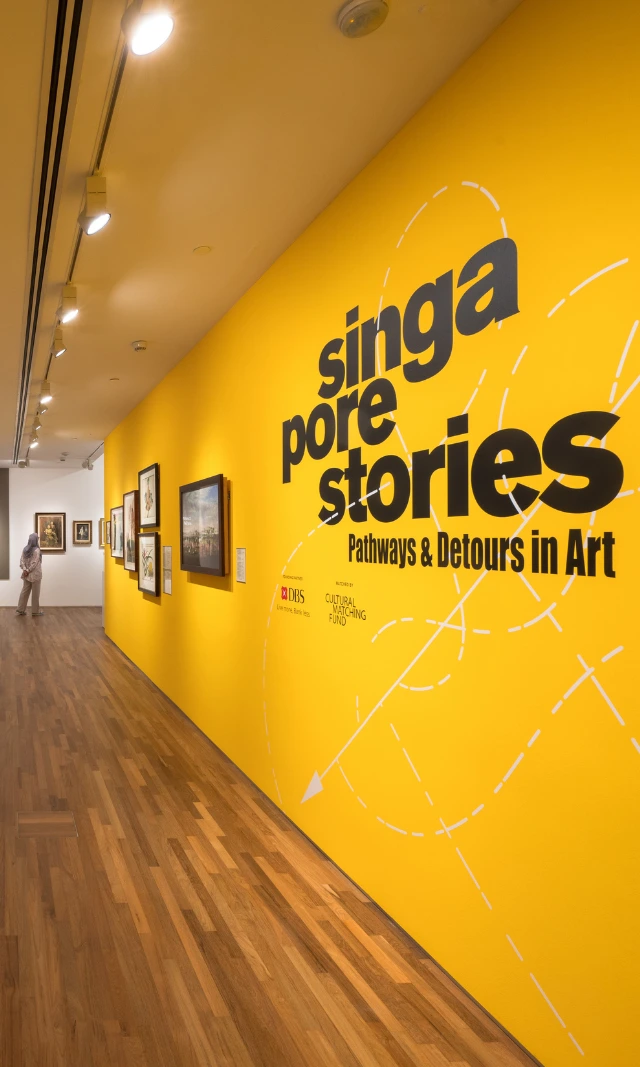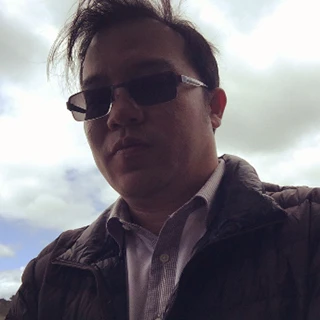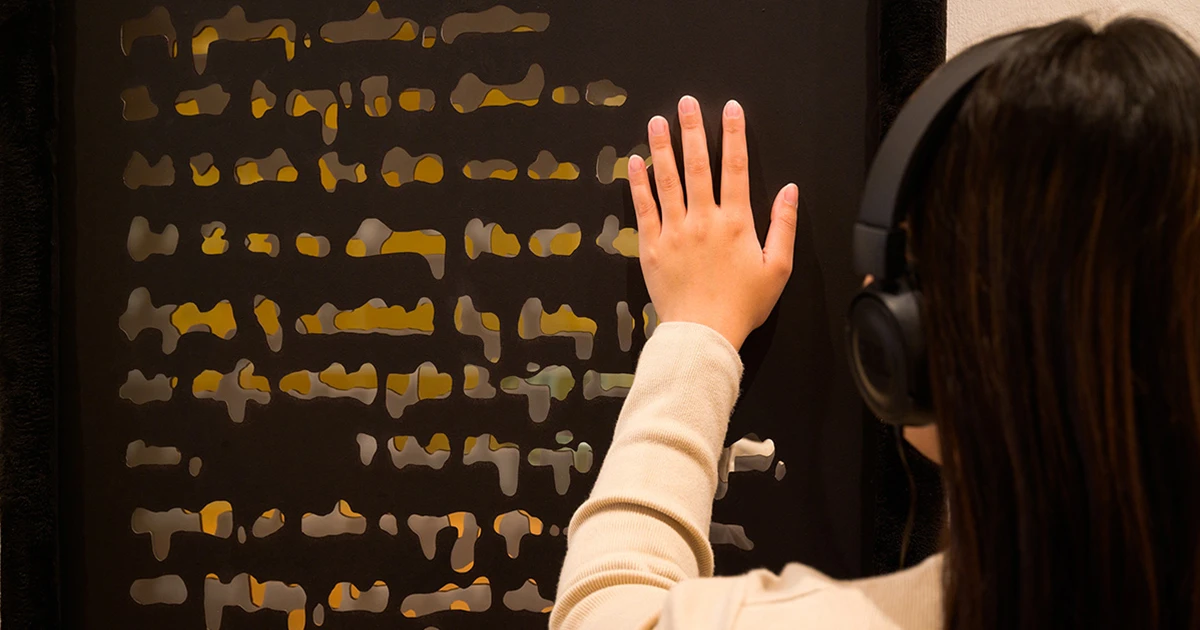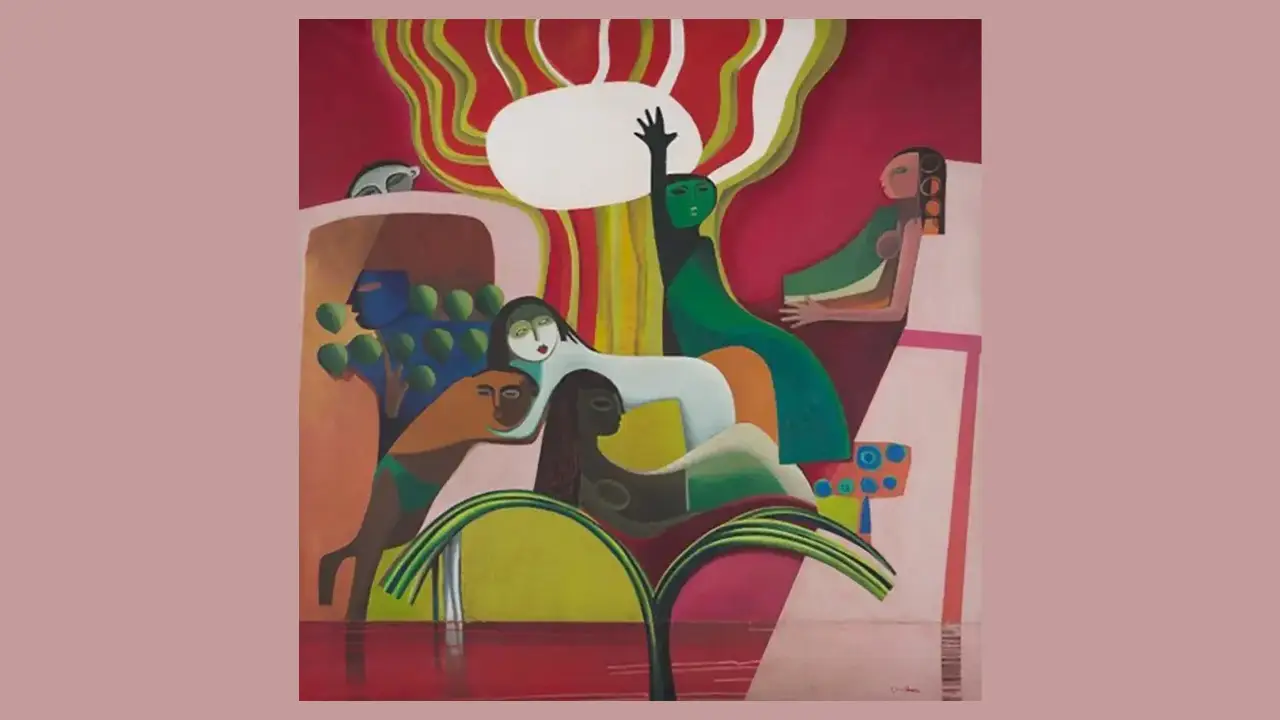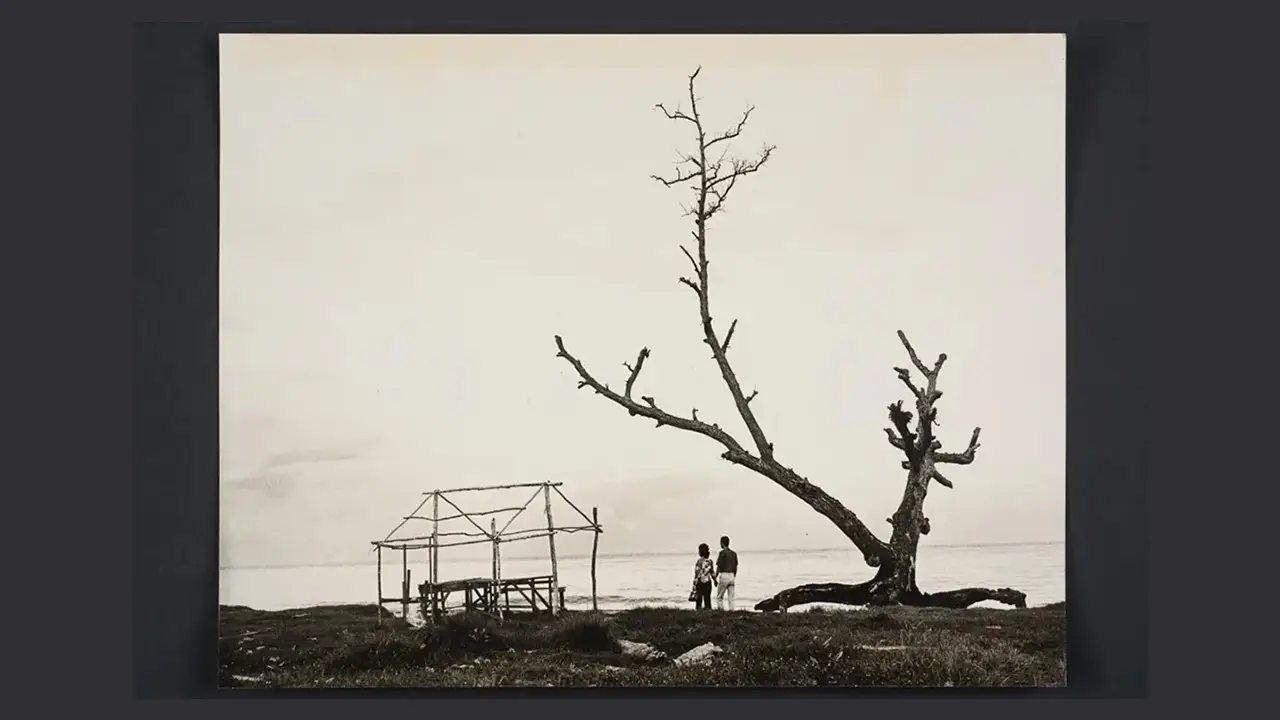Siti Adiyati: The Re-materialisation of Everyday Life
Curator Seng Yu Jin shares more about Siti Adiyati’s Eceng Gondok Berbunga Emas (Water Hyacinth with Golden Roses), a work on display in the Awakenings exhibition that transforms the appearance of natural and man-made objects to question our notion of reality and what constitutes art.
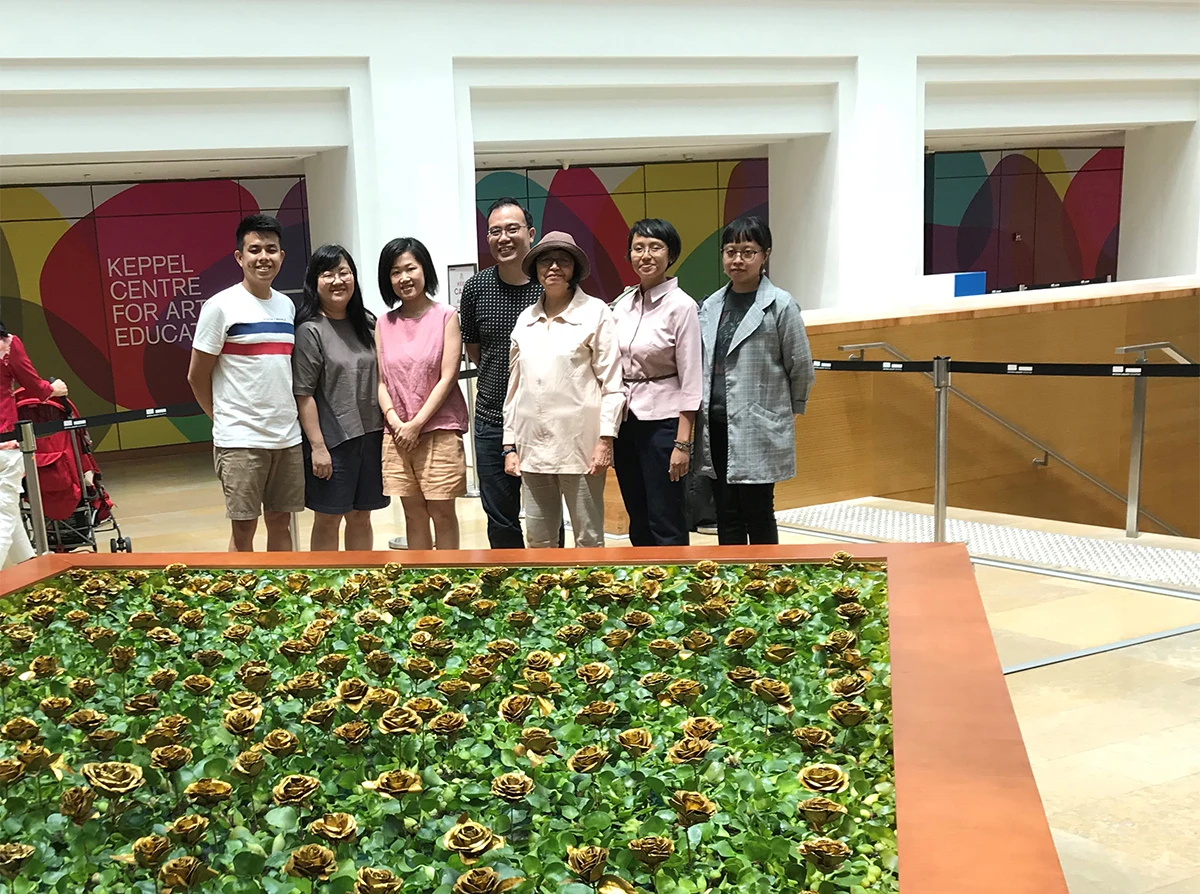
Currently on display at the UOB City Hall Courtyard as part of the exhibition Awakenings: Art in Society in Asia 1960s–1990s, Siti Adiyati's Eceng Gondok Berbunga Emas (Water Hyacinth with Golden Roses) was first shown in Jakarta in 1979 as part of the 2nd Gerakan Seni Rupa Baru (GSRB, New Art Movement Indonesia) exhibition at the Taman Ismail Marzuki. It was the only work in the exhibition that used a living organism, eceng gondok, a type of water hyacinth. Amid the water hyacinth were plastic golden roses that contrasted life and artifice, prompting audiences to consider the delicate balance in the relationship between humans and nature. Bringing a living organism into the exhibition bridged the gap between art and non-art and presented the water hyacinth as both a floating aquatic plant and a weed. The hyacinth is an invasive species, originally from the Amazon basin, which was brought to Southeast Asia and naturalised in the region. Its high reproduction rate caused by agricultural waste from polluted rivers and lakes often destroys aquatic life. Combining this environmentally harmful weed with the artificial roses, Siyi Adiyati criticised Indonesia’s then-President Suharto’s New Order as “just an illusion symbolised by the golden rose in the sea of absolute poverty that the eceng gondok represents."1
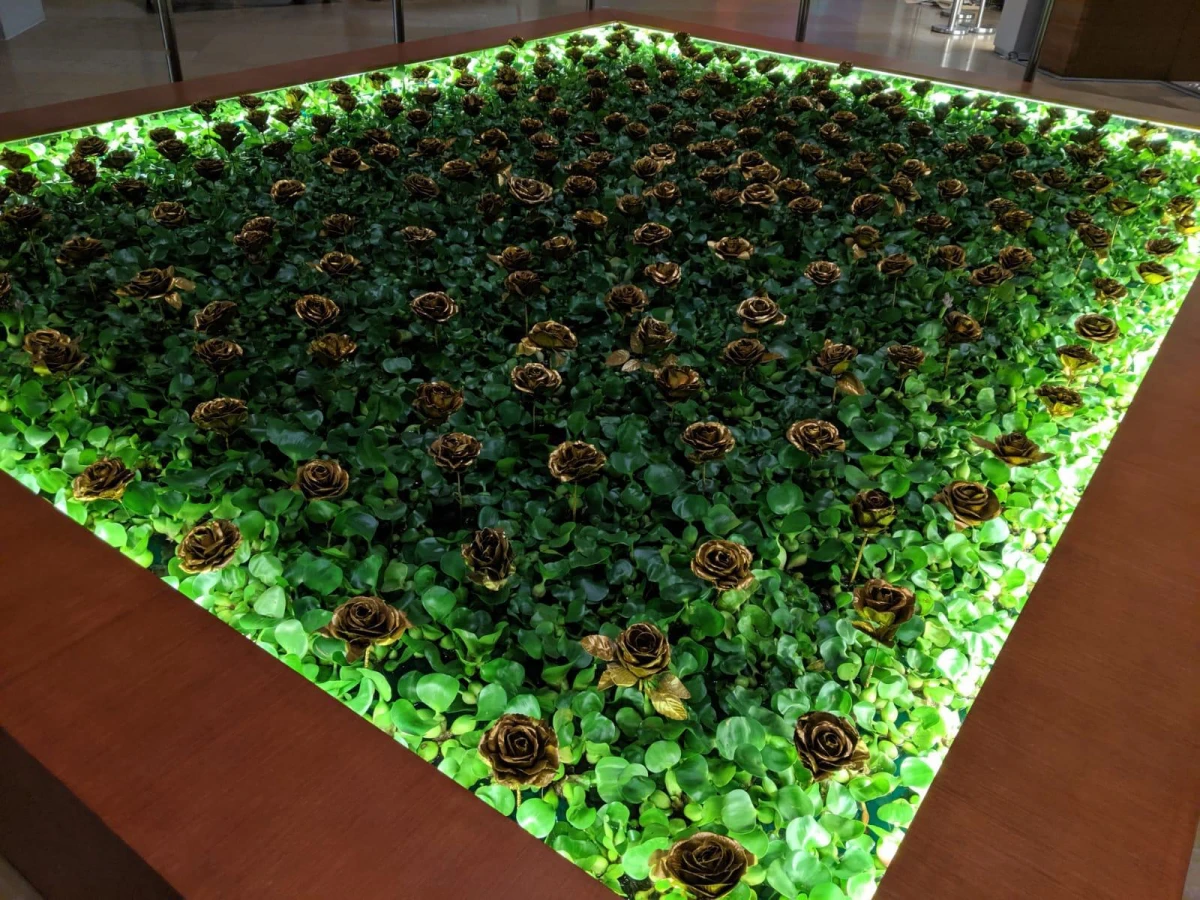
At the time, the rose was an imported luxury good, popular with upper-class Indonesians in Jakarta. A single stalk commanded a price equivalent to one kilogram of rice, a considerable amount when many of the poor in Jakarta faced difficulties affording rice for their daily needs. Siti Adiyati approached this real issue through the water hyacinth. Unlike the roses that serve only decorative purposes that feed the vanity of those with power and wealth, the hyacinth has the potential to be transformed from a weed into useful organic fertiliser and animal feed. This symbolised the capacity and resilience of the Indonesian rakyat or people in the face of Suharto’s New Order that produced such social inequalities.
Siti Adiyati’s return to everyday life by using the water hyacinth as a material for art marks a critical turn towards challenging the notion of what constitutes art materially. Must art be made from accepted materials such as oil and watercolour paints? Using the water hyacinth as art re-materialises it by reimagining this plant not only as a living organism but one that symbolically embodies the resilience and empowerment of the Indonesian people. Siti Adiyati also reveals gender tensions caused by the dominance of male artists within the GSRB movement. She recalls, “Back then, there was no artist who was interested in working with live objects. The artists––male artists––were only interested in dead material."2 Siti Adiyati was well-aware of her position as a female artist and reclaimed the right to making experimental works that was not the prerogative of only male artists. Eceng Gondok is a work that transformed the appearance of ordinary natural and man-made objects to question our notion of reality and what constitutes art. It re-materialises everyday objects by taking them out their usual contexts and functions to produce new meanings that emerge from their surrounding social and political conditions.
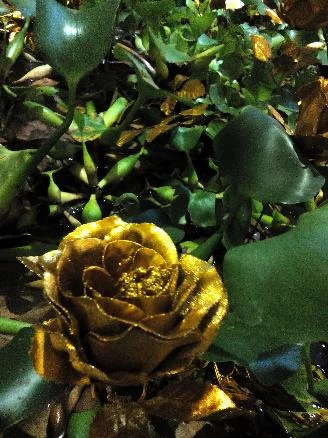
Notes
- Email from Siti Adiyati on 1 January 2017.
- See https://jakartabiennale.net/en/siti-adiyati-2/. Last accessed on 25 May 2019.








